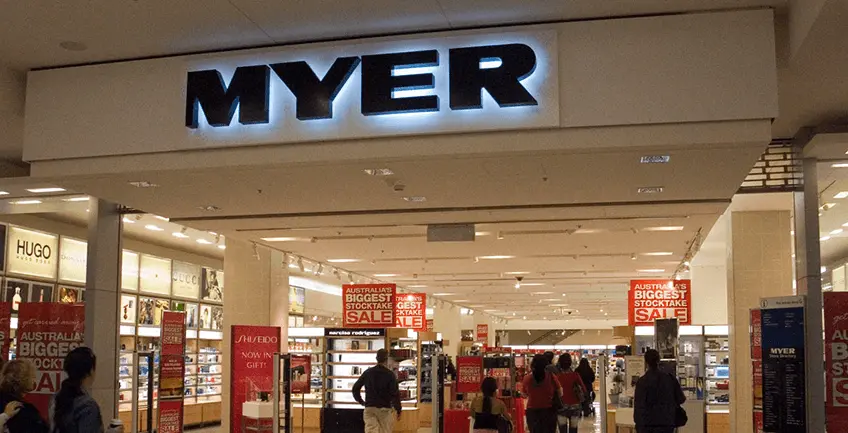Standing out amongst the noise has always been a challenge in marketing. Today, it’s absolutely necessary for brand survival. There are so many consumer touchpoints, both on and offline, that it’s essential to not only deliver the right message, but to do so at the right stage in your customer’s journey.
Over 70% of shoppers use multiple channels to complete their purchases. Whether that’s in-store, online or even catalogs, understanding your customers’ omnichannel retail patterns can help you deliver a more complete customer experience that boosts acquisition and conversion. Here are three strategic considerations for data analysis that can boost retailers’ bottom line.
Understand a Single Customer View
It isn’t enough to just know that your customers use different retail channels and touchpoints. Retailers must create an experience that captures and delights the always-connected, always-addressable customer at every step of their journey. This will require retailers to leverage location data that will help to build a Single Customer View and keep up with customer dynamics.
A Single Customer View is the aggregation of all meaningful and reliable data from every customer touchpoint. These help create actionable representations of real customers to better understand their points of view. There are troves of data available if you use the right tools, and these are some of the most important pieces of data those tools can aggregate and analyze to develop an effective Single Customer View. Location data with or without integrating with other data sources can help to glean insights into:
Digital World Touchpoints
- Favorite social media platforms
- Brand and number of connected devices
- Content consumption
- Search patterns
Physical World Touchpoints
- Commute patterns
- Home location
- Mobility rating
- Search patterns
- In-store visits
Converging various customer touchpoints can help to ascertain why a customer chose your competitor over you or what/why influenced a customer to make the purchase or other decision. This analysis can potentially highlight areas where small changes can have dramatic effects in user acquisition.
When properly gathered and utilized, a Single Customer View can help make strategic decisions from the top down. Take Black Friday 2017 as an example. It’s clear from the data that fashion retailer’s had the most success with in-store footfall. However, except for Forever 21, that footfall slowed to almost normal levels in the following days. That data alone isn’t enough to make informed marketing decisions, but when combined with a Single Customer View, it can help create a strategy that goes beyond just one shopping day.
Using the single customer view against the Black Friday data trends, Forever 21 can determine the best channels to engage and reach their customer to achieve conversion. A smart strategy could include follow-up social media ads and further in-store discounts on popular items to continue to attract footfall.
Measure Offline Attribution
Omni-channel marketing thrives on offline data, which is simply where customers do their in-store shopping. Although e-commerce is popular and growing, a majority of customers still make purchases from physical store locations each month over online. That doesn’t mean that the digital and physical worlds exist in separate silos. Digital advertising plays an increasingly large role in influencing offline purchases — a huge reason why location data is important to have a holistic view of the customer experience.
Parsing data on offline attribution can reveal shoppers’ preferences. While some prefer to research online and purchase in-store, others are the opposite, and some are happy to visit multiple stores before making a buying decision. Location intelligence makes it possible to utilize real-time offline data so you know how your customers prefer to shop.
As real-time insights come in the middle of a campaign, it’s possible to adjust the campaign to better reflect the customer journey. This creates more successful ad spend when it matters, not after the fact when the opportunity has already been missed.
Leverage New Technology to Increase ROI
A marketing campaign that isn’t adjusting to data feedback in real-time is doomed to fail in comparison with one that leverages the power of new technology like AI and offline data.
In fact, a key metric of any successful business is the ability to adopt and implement new technologies as they become available. Utilizing the latest improvements in analysis, visualization and audience engagement creates measurable success. Those positive results speak loudly for a leading Australian coffee brand that leveraged Allspark, Azira’s enterprise SaaS product for omni-channel marketing.
With an international presence, this company’s goal was twofold: increase unique reach across green field customer acquisition and target specific customer profiles. Using existing first-party data like email, ad IDs and mobile cookies, Allspark curated segmented pilot campaigns to validate the effectiveness of various profiles before launching the full campaign.
The results of the pilot campaigns helped tailor final ad spend into targeted segments that used contextualized content per the given data to obtain more conversions. The final results show that the data was used very effectively: with a 33% increase over the benchmark CTR and 140% increase in uniques reached, Allspark effectively narrowed the scope of ad spending.
This dramatically increased ROI and minimized the impact of frequency cap restrictions. Not only that, the data gleaned from this effort will be bundled with future data gathering to continue to hone and improve the effectiveness of every marketing dollar spent.
Also published in B&T.
Interested in learning more about leveraging Allspark for your Omnichannel strategy? Contact us today!



